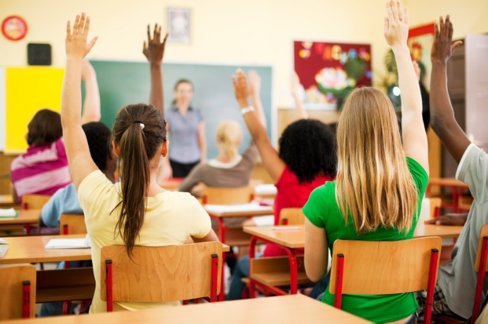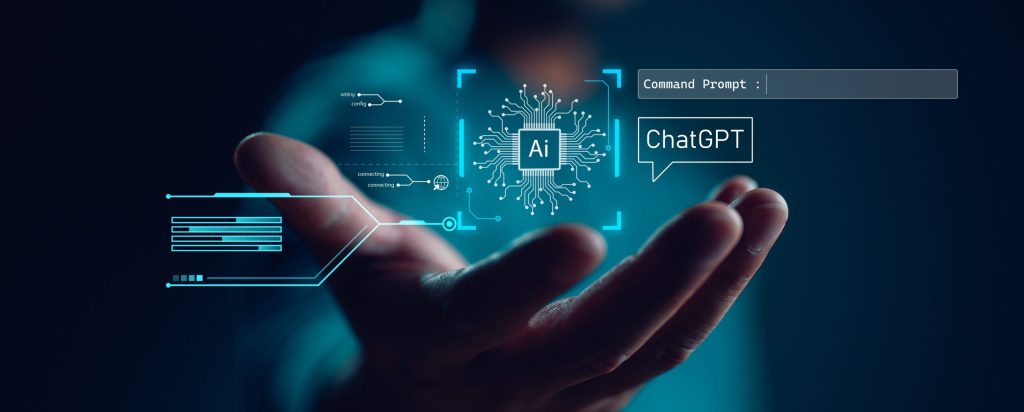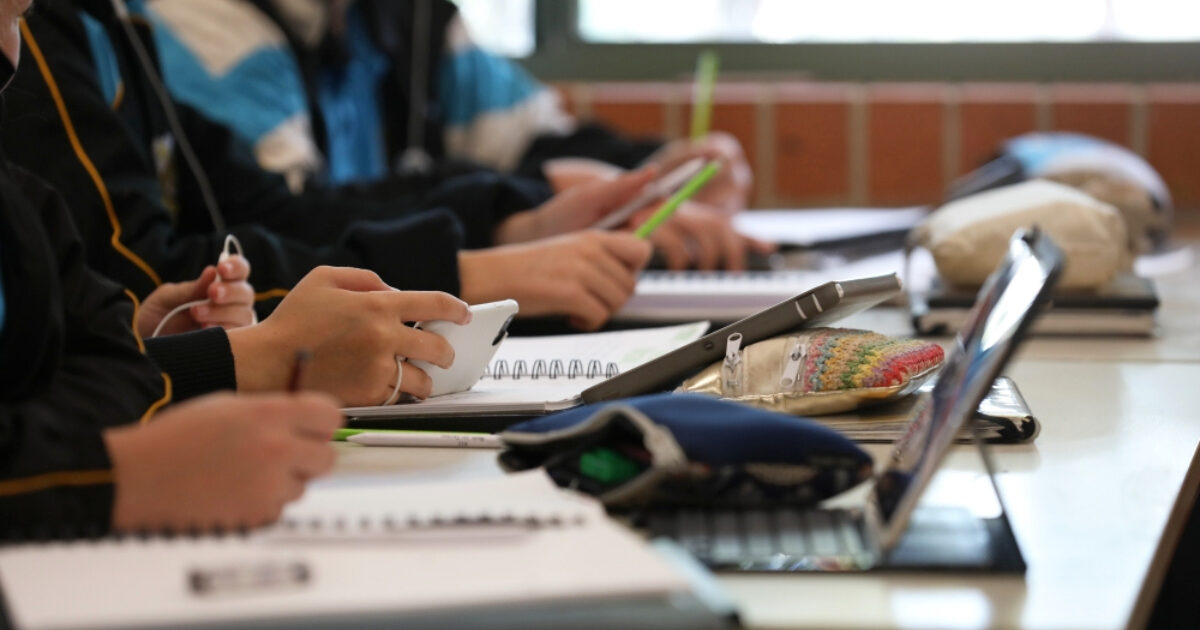Accessing, working, and interacting have changed significantly thanks to technology. Today, an average person spends more than four hours a day on their smartphone scrolling social media. But due to this, many questions are raised such as, is technology good or bad? Whether teachers or students, everyone is affected by the negative effects of technology. Today, it is necessary to check the unresolved issue of excessive dependence on technology. According to PubMed Central, smartphone usage increased during the pandemic era. Due to the outbreak of the disease, reliance on technology was reported to be up to 15%. Children at that time also had to go through lockdown and confinement due to a lack of outdoor activities. This is how the impact of technology on education has become more important in recent years.
Mental Health vs. the impact of technology on student learning:
Are there any negative effects of technology, particularly social media? The answer to this question is yes of course it does. There are many physical aspects regarding the impact of technology on student learning. However, the blog solely focuses more on the mental impact. According to several mental health articles and studies by ‘The National Library of Medicine’, there is a close link between depression and anxiety symptoms and high social media usage. In our daily lives, technology has become an integral part of our daily activities. The impact of technology on education has revolutionized our ways to access information, communicate, and work. While these are considered effective, they risk our well-being. Thus, the question remains: is technology good or bad? Here is a look at some of the positive and negative effects of social media. These are mentioned below:

Good Effects of Technology of Technology on Mental Health
People believe there are many negative effects of technology. However, the impact of technology on student learning can also prove positive. A few benefits of technology are as follows:
-
Improved Access to Mental Health Services
The first aspect regarding the good effects of technology is that it can provide you with mental health services. This is especially effective for individuals living in underserved or remote areas of the world. The impact of technology on student learning includes services like teletherapy, phone, or videoconferencing. These can prove as an effective medium for providing remote mental health services. The patients no longer have to travel to the office or clinic if they are suffering from social anxiety, mobility issues, or difficulties in transportation.
-
Boosting Relationships and Communication
One of the biggest advantages of the impact of technology on education is that they can connect with their loved ones regardless of how far they live. Social media, online chats, and instant messaging apps have bridged the gap allowing people to shorten considerable distances. Therefore, the good effects of technology also include the possibility of being lonely decreases significantly as a result. Collaboration in shared interests, multiparty gaming, or joint projects are also effective ways to build cyber and online relationships. Thus, the impact of technology on student learning not only boosts relationships but also promotes communication among like-minded individuals.
-
Personalized treatment
The impact of technology on education results in suffering from mental health issues. These can get personalized care with the effective use of technology. For instance, individuals going through specific phobias and fears can avail of personal treatment sessions with virtual reality therapy. Likewise, the algorithms of machine learning can identify symptoms and patterns after analyzing the data of a specific patient. These good effects of technology help in the development of plans for personalized treatment.
-
Boost Mindfulness and Physical Activity
A person can also relax the mind and body with the help of technology. It is an effective way to improve the mental well-being of a patient. Custom functions of performance tracking and workout plans can help individuals adopt a healthy lifestyle and motivate them to exercise. Hence, it can turn out to be another good effect of technology for the person dedicated to healthy lifestyle adoption.
For those wondering if technology is good or bad, meditative applications are also another medium to remain healthy and help fight stress. These good effects of technology are alternatives to the mindfulness apps dedicated to a healthy lifestyle. These develop emotional steadiness, lucidity, and mental awareness.
-
Reduced stigma
With the good effects of technology, one can also overcome the stigma related to the issues of mental health. For instance, forums and online groups can provide a supportive and safe space for individuals to connect and share their experiences with people going through the same situation. Moreover, with the use of mental health apps, one can find out the mental health status of the patients without their involvement.

Negative Effects of Technology on Mental Health
There is no denying the fact that students and patients can enjoy all or most of the benefits mentioned above. However, excessive use of technology can affect their mental health more than the benefits listed previously. Here are the following negative effects of technology that you also have to consider:
-
Technology Kills Creativity
One of the major disadvantages of technology in education is that students believe they can get their questions resolved without putting an effort into the creative process. However this results in slowing down the process of critical thinking and development. Therefore, they tend to be more lazy realizing that Google will answer all of their queries. Furthermore, according to the Learning Scientists Organization, the introduction of tools like ChatGPT has worsened the scenario.
According to the current evidence, it creates disadvantages of technology in education in the form of negative impact on development, academic integrity, and student learning with the excessive use of ChatGPT. However, it is not a practical approach to ban ChatGPT, just because students rely on it as compared to their creativity.
-
Lack of Human Interaction:
Lack of human interaction is also one of the main disadvantages of technology in education. Drawbacks of technology in the treatment of mental health. Even though mental health and teletherapy apps can provide patients with resources and support, they are no match as compared to in-person therapy and human connection. Hence, people particularly the students can face social isolation or loneliness which also adds up to the challenge.
-
Increased Depression and Anxiety
With the rise of social media usage, people, particularly students are going through depression and anxiety. This is because people get attracted to the perfect living images while scrolling through their feeds. Hence, they have an inferiority complex because of the fear of missing out (FOMO) syndrome. According to WebMD, when people compare their lives with the social media influencer they tend to believe they are living a better life. As a result, they go through a variety of emotions like low self-esteem, depression, and anxiety. Students going through FOMO may spend most of their time scrolling social media and the Internet.
-
Online Harassment and Cyberbullying
Another potential disadvantage of technology in education is that students may be exposed to online harassment or cyberbullying. Thus, excessive social media usage may lead to depression and anxiety because of online harassment or cyberbullying. As a result, escaping the scenario becomes difficult due to the anonymity of the internet which is because of negative behaviors.
-
Limited effectiveness
Even though there are many chances for mental health improvement with the use of technology, it is not a panacea. Many studies reveal apps providing mental health solutions are not nearly as effective as compared to in-person therapy. This is especially true when an individual is going through severe conditions of mental health.
Technology and Mental Health Awareness
Mental health support and awareness is a crucial thing to have in the digital age of today. Whether teletherapy sessions, mobile apps, or online forums, you cannot undermine their effectiveness in addressing the situation. These allow people to access resources regarding mental health, seek help from professionals, and connect with others.
Strategies to Cope:
A striking healthy balance between natural life and technology is the key aspect to protecting mental well-being. Some of the strategies to maintain this balance are as follows:
-
Disconnect and Set boundaries:
To reduce the risks related to prolonged use of technology, setting limits to screen time is crucial. According to the experts, for students and children, screen time should not exceed more than two hours. Stick to the limits while spending time on technology and avoid going beyond the time restrictions.
-
Unplug:
To improve mental clarity and reduce stress, it is necessary to take breaks regularly. For this purpose, choose activities that do not involve the usage of technology. These include taking part in activities like reading or walking.
-
Use the 20-20-20 Rule:
Using the 20-20-20 rule is also another useful strategy for overcoming eye strain. For 20 seconds, take a look at an object that is placed 20 feet away. Repeat the process after every 20 minutes to reduce fatigue and eye strain.
-
Practice digital detox
Put breaks on technology and social media usage intentionally. By doing so, you can improve overall well-being, and reduce stress, anxiety, and burnout. Exercise, gardening, reading, cycling, reading, or yoga are some of the beneficial activities that you can take part in. By practicing digital detox you can reconnect with the world and broaden your personality.
-
Seek Out In-Person Connections:
Choose social activities that do not include the usage of technology. Rather than remaining online for far too long, prioritize face-to-face interactions with colleagues, friends, and family.

-
Artificial Intelligence, such as ChatGPT and Chatbots
The rise of chatbots, ChatGPT, and artificial intelligence (AI) is an opportunity for making considerable improvements in the technology of mental health. For stimulating conversions with online human users, computer programs and chatbots provide mental health assistance with the help of AI. Patients can get mental health assistance with AI-developed programs.
Conclusion
Technology acts like a double-edged sword, being a curse and blessing at the same time. But it is important to figure out the impact it brings to the table. Balancing a harmonious relationship between technology and the physical world is very important to lead a healthy and happy life. It is necessary to go for a break when you start feeling down or tired. So, at that moment, all you have to do is practice self-care and give time to yourself to regain composure.
You might also like to read: How Does SEO and Content Marketing Work Together?

